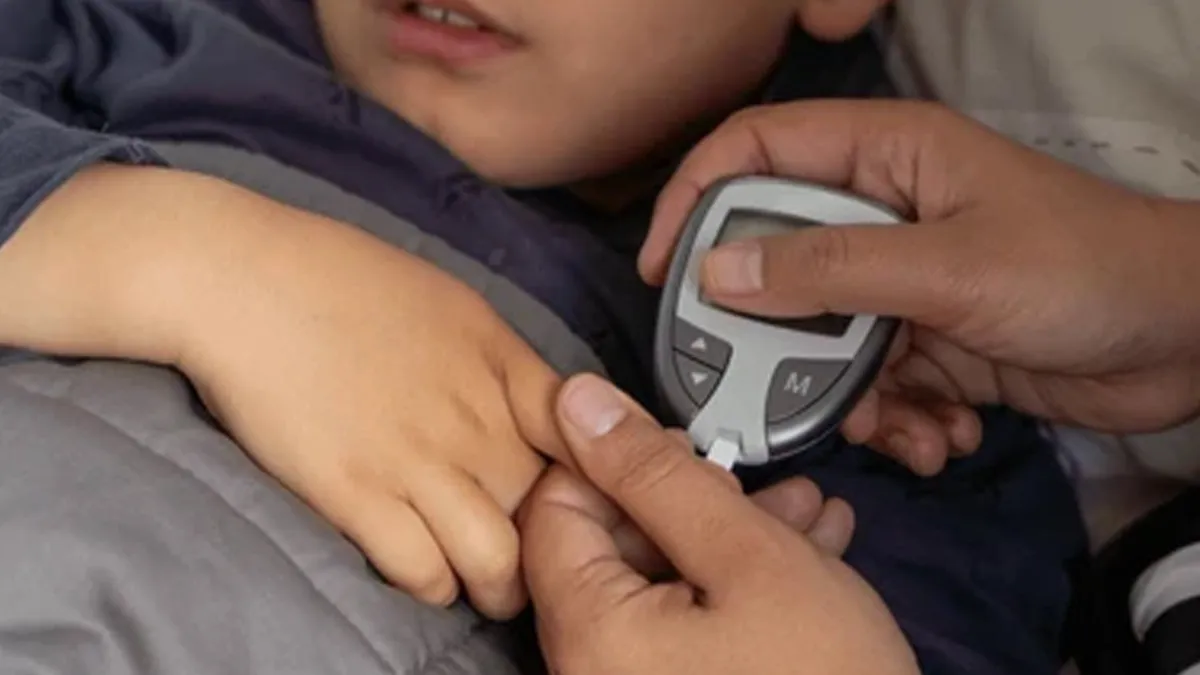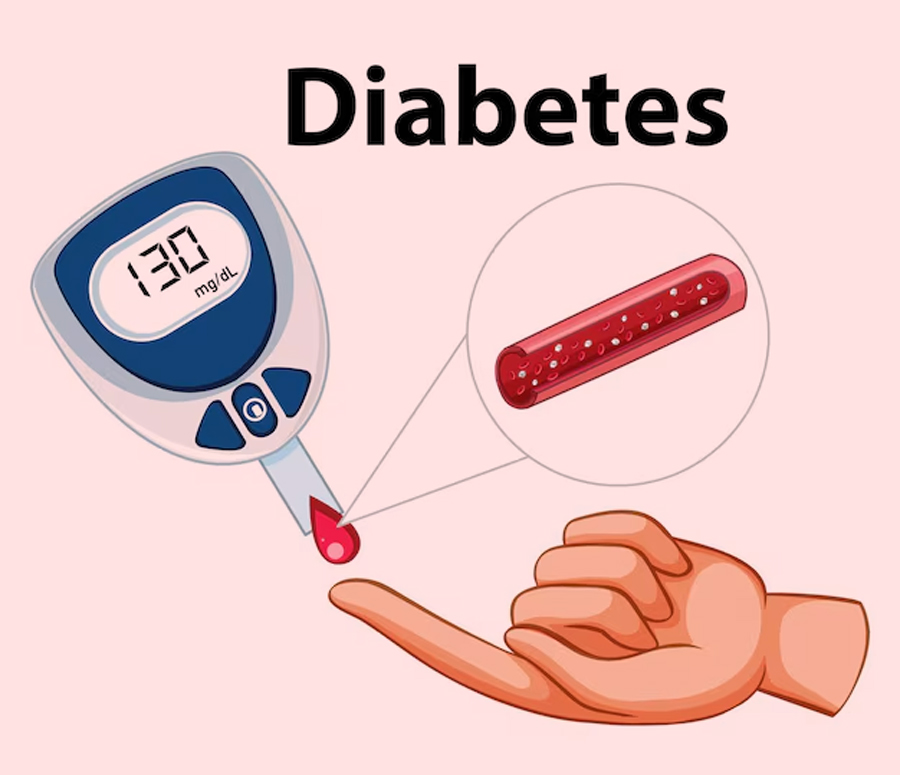
It's easy to dismiss a little extra weight on children as 'baby fat' or something they can grow out of. But now, with more kids sitting in front of screens all day eating junk food, obesity is beginning to become a big deal, and it's bringing other health concerns along with it. One of the biggest red flags? A rise in diabetes among children.
Table of Content:-
We spoke to Dr Mahesh DM, Consultant – Endocrinology, Aster CMI Hospital, Bengaluru, who explained the link between obesity and juvenile diabetes.

"Juvenile diabetes, commonly known as type 1 diabetes, is an autoimmune condition that usually begins in childhood or adolescence. However, rising obesity rates among children have raised concerns about a different, but related issue," said Dr Mahesh.
Though type 1 diabetes is not caused by obesity, experts warn that excess weight can complicate diabetes management and may lead to an earlier onset of type 2 diabetes.
Symptoms of Juvenile Diabetes
The symptoms of both type 1 and type 2 diabetes can look similar, making it challenging to distinguish without testing. Here are some common signs:

- Excessive thirst
- Frequent urination
- Unexplained weight loss
- Fatigue
- Blurred vision
In children with obesity-related type 2 diabetes, additional symptoms may include darkened skin around the neck or armpits, frequent infections, and slow-healing sores. "Sometimes the symptoms are subtle or mistaken for other issues. Therefore, regular check-ups are important, especially if there is a family history of diabetes or the child is overweight," said Dr Mahesh.
Also Read: Link Between Obesity And Juvenile Diabetes: What Every Parent Needs To Know
Diagnosis of Juvenile Diabetes
Diagnosis of juvenile diabetes is a combination of blood tests and physical checks. According to Dr Mahesh, the most common tests include:

- Fasting blood sugar
- HbA1C test, which provides a 3-month average of blood sugar levels
- Oral glucose tolerance test
In suspected type 1 diabetes cases, doctors may test for autoantibodies to confirm the autoimmune response.
In children with signs of insulin resistance, type 2 diabetes is more likely, particularly if there is a family history.
Also Read: How To Reduce Obesity Risk In Children: Contributing Factors To Note
Treatment for Juvenile Diabetes
The treatment strategy is different depending on the form of diabetes:

- Type 1 Diabetes: This involves a daily insulin regimen, frequent monitoring of blood sugar, and meal planning.
- Type 2 Diabetes: Treatment begins with lifestyle modifications. This includes a healthy eating plan, exercise, and weight management. Doctors may recommend metformin or even insulin in some cases.
Type 2 diabetes in children is treated best with a multidisciplinary team consisting of paediatricians, endocrinologists, nutritionists, and in some cases, even mental health professionals. The psychological impact of chronic disease at an early age cannot be denied.
According to Frontiers in Endocrinology, the prevalence of obesity is significantly higher in adolescents with diabetes, especially in girls. It negatively impacts metabolic control, glycemic variability, and insulin needs. It also increases the risk of microangiopathic complications. It is difficult to manage this condition and requires not only insulin therapy but also non-pharmacological interventions.
Bottomline
Dr Mahesh concluded, "Although obesity doesn't cause type 1 diabetes, it can affect the management of this condition and is a significant risk factor for developing type 2 diabetes in children. This makes early intervention and prevention critical. Encouraging kids to eat nutritious foods, stay active, and reduce screen time can go a long way in protecting their health, not just now, but for years to come."
[Disclaimer: This article contains information provided by an expert and is for informational purposes only. Hence, we advise you to consult your professional if you are dealing with any health issue to avoid complications.]
Also watch this video
How we keep this article up to date:
We work with experts and keep a close eye on the latest in health and wellness. Whenever there is a new research or helpful information, we update our articles with accurate and useful advice.
Current Version